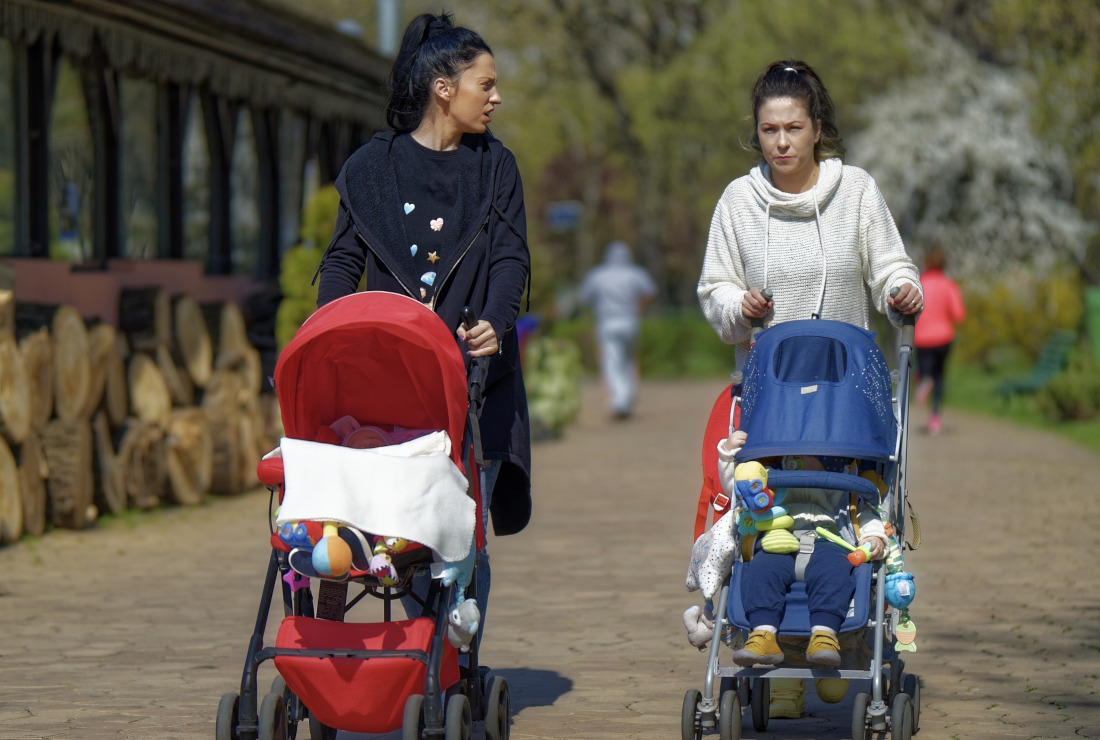
25 Jun sustainable mobile with the family
In June 2020 FACTUM together with BOKU presented the results of the research project ANFANG – Development of a concept how to promote sustainable mobility of families in rural areas . The final event was attended by representatives of the communities, employees of the Leader Region Weinviertel and interested young families.
High potential to cover short distances by car
More than three quarters of all accompanying routes in rural areas are covered by car by families with small children. 50% of these routes are shorter than 2.5 km. This means that there is high potential to replace car trips by walking or cycling. The results have shown that the willingness to actively cover short distances is high. However, the basic conditions are not always given. What currently prevents families from doing so are, among other things, busy roads. The noise, exhaust fumes and the fear of the fast car traffic make walking, but also cycling, difficult. Interviews with young families have shown that the bicycle is a popular means of transport, but in everyday life families use it little for fear of motorised traffic. Therefore, parents often travel by car for safety reasons. This in turn leads to more car traffic in the community.
Walking and cycling have many advantages
Even though walking and cycling with children can be time-consuming, the advantages are obvious: It’s healthy, fun and it clears the mind. The climate is also protected. In addition, it is a benefit for the village community if you meet on the street and can chat briefly. These are also results of the interviews. Contact with other families and villagers is considered important, but is often neglected.
The whole community benefits from a walking and cycling-friendly infrastructure
Support from the population is needed. They must declare that they welcome an improved infrastructure for walking and cycling. The entire population will benefit: the children, who will be able to move freely and safely, the adults, who will not have to worry about the children, and also the elderly, who are among those who walk a lot and enjoy walking.


